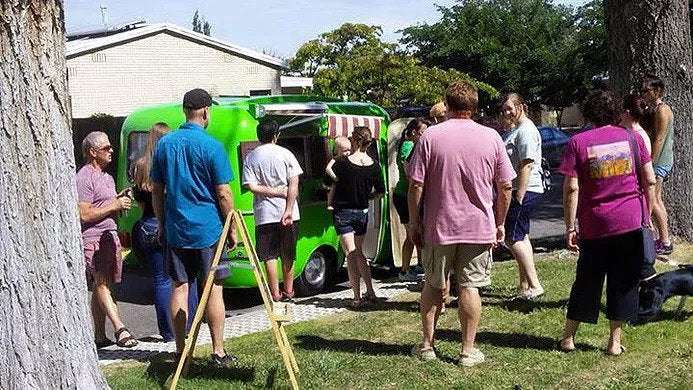If you’re in the coffee world, you’ve probably heard the saying: “Espresso shots must be used within 30 seconds, or they’ll die.” But is this really true? Let’s break it down and see how this claim stacks up in a practical coffee service setting.
“Does espresso really ‘die’ after 30 seconds? I tackled this question head-on during our latest live Q&A. Watch the discussion here to find out what I said.“
Understanding the 30-Second Rule
There’s some truth to the idea that espresso changes over time. When pulling a pure espresso shot for tasting, the first 30 seconds are when you’ll catch the most vibrant flavors. After that, the flavor profile can shift, and some of the subtler notes may fade.
But here’s the thing: most customers aren’t drinking their coffee in 30 seconds. Even for pure espresso drinkers, their shot will likely sit for a bit before it’s consumed.
Espresso in Real-World Coffee Service
In most coffee shops, espresso shots don’t go straight from the portafilter to the customer’s lips. Instead, they’re combined with milk, syrups, and other ingredients. Often, the shot sits on the tray for a moment while the rest of the drink is assembled.
Once the coffee is in the customer’s hands, it doesn’t get consumed instantly either. The coffee is likely too hot to drink right away and sits for another 5–10 minutes while it cools.
What Really Matters
The so-called “death” of an espresso shot doesn’t matter as much as its context. For pure espresso tasting, timing can be critical. But in the world of lattes, cappuccinos, and other coffee beverages, the difference is negligible.
Final Thoughts
The 30-second rule is more of a guideline than a hard-and-fast rule. It’s important to pay attention to espresso freshness, but there’s no need to obsess over a shot sitting for a minute or two. The best espresso is one that’s prepared with care and delivered to the customer quickly—but without unnecessary stress over seconds.


